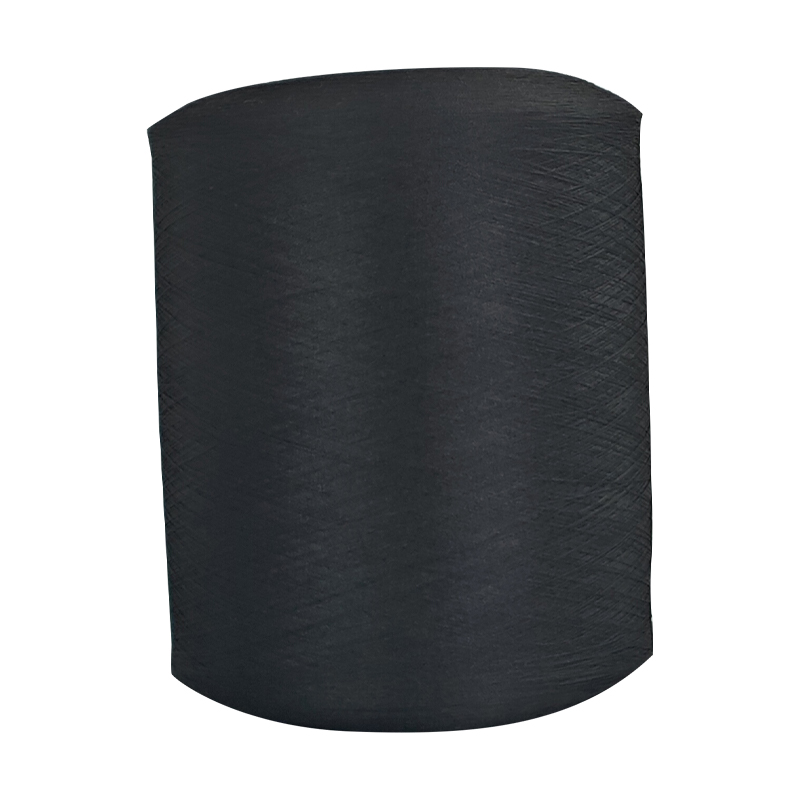Synthetic fibers are increasingly used in today's textile industry. Whether it is sportswear, outdoor gear or household goods, synthetic fibers have occupied a place in the market with their unique properties.
Characteristics of high-grade polyester
High-grade polyester, usually polyethylene terephthalate (PET), is favored for its excellent durability and wrinkle resistance. Compared with other synthetic fibers, high-grade polyester has good UV resistance, which can effectively resist the damage of the sun and is suitable for outdoor activities. In addition, it is strong and wear-resistant, suitable for making products that need to withstand high-intensity use, such as mountaineering backpacks and sportswear.
According to market research, polyester fiber is about 90% of nylon in strength, but its wear resistance and stretch resistance are often better. This makes high-grade polyester perform well in long-term use, especially in extreme weather conditions. For consumers, choosing high-grade polyester means that their products can maintain a longer life in daily use.

Advantages and Disadvantages of Nylon
Nylon is another common synthetic fiber that is widely popular for its lightness and high strength. Its tear resistance and elasticity make nylon very suitable for making sports equipment and outdoor clothing. However, the disadvantage of nylon is that it is highly hygroscopic, tends to become heavy and difficult to dry in a humid environment.
Compared with high-grade polyester, nylon is slightly inferior in terms of UV resistance and is prone to fading and aging when exposed to sunlight for a long time. Therefore, if you plan to use the product in a place with strong sunlight, high-grade polyester may be a wiser choice.
Characteristics of Polypropylene
Polypropylene is a relatively new synthetic fiber that has attracted attention for its lightness and chemical resistance. Although polypropylene has lower strength, its water resistance and quick drying properties make it popular in water sports and outdoor activities.
However, polypropylene's abrasion resistance and UV resistance are not as good as high-grade polyester and nylon. Polypropylene may experience aging and color fading problems in long-term outdoor use. Therefore, although polypropylene performs well in certain specific applications, high-grade polyester still has the upper hand in terms of overall durability and performance.
High-grade polyester excels in durability and performance, especially in UV resistance and abrasion resistance, making it suitable for a variety of outdoor and daily use. Nylon has advantages in lightness and elasticity, but its durability in sunlight is slightly insufficient. Polypropylene is known for its lightness and quick drying properties, but it is slightly inferior in durability.
When choosing synthetic fibers, consumers should consider their needs and the environment in which they are used. If you are looking for a durable material that can perform well in a variety of conditions, high-grade polyester is undoubtedly a wise choice. Each synthetic fiber has its own unique advantages, and understanding their characteristics will help you make a better choice.

 English
English عربى
عربى Türk
Türk Español
Español



















